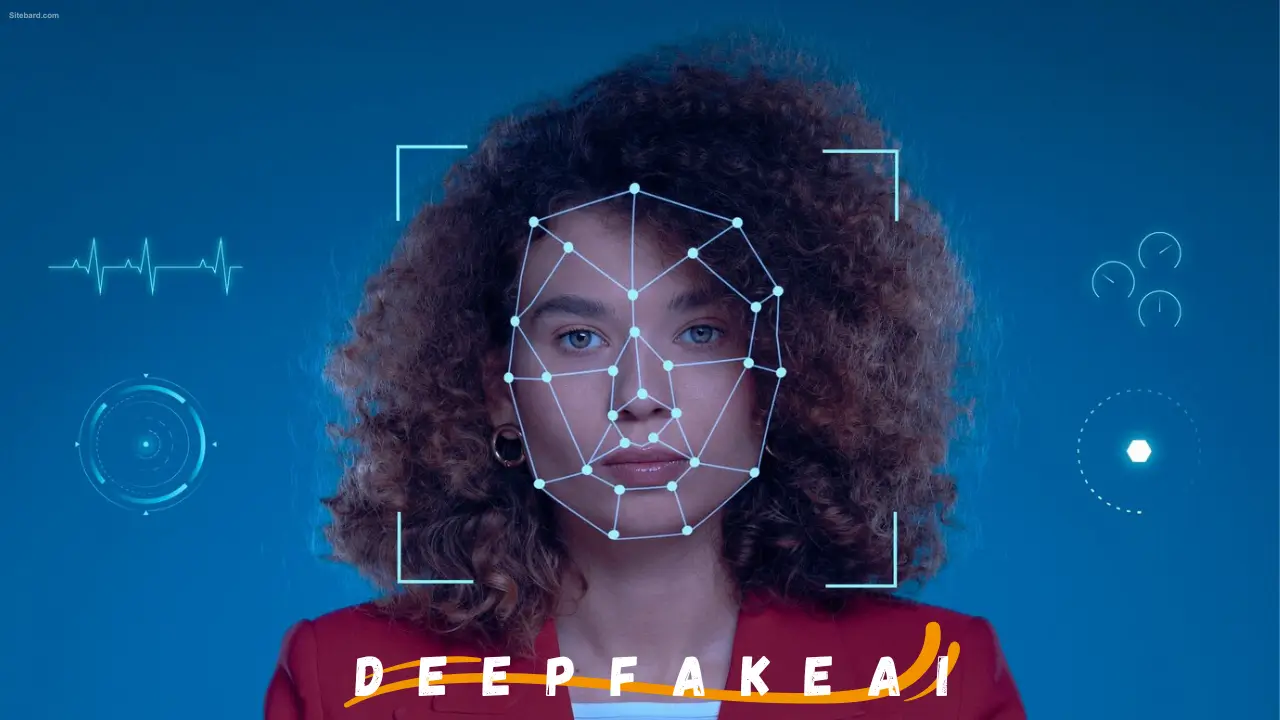In recent years, deepfake technology has rapidly advanced, blurring the lines between reality and fiction in the digital realm. While this technology has raised concerns about misinformation and ethical dilemmas, it also presents exciting possibilities for creative expression and entertainment. In this blog post, we’ll explore the five best Deepfake AI tools that are pushing the boundaries of realism in digital content creation.
Table of Contents
ToggleUnderstanding Deepfake Technology
Deepfake technology utilizes artificial intelligence algorithms, particularly deep learning neural networks, to manipulate and synthesize audio, images, and video to create convincing, yet entirely fabricated, content. These tools analyze existing data to generate realistic simulations of human speech, facial expressions, and movements, often indistinguishable from genuine footage.
5 Best Deepfake AI Tools You Need to Try
SynthFace
SynthFace is a cutting-edge deepfake AI tool that specializes in facial synthesis and animation. Its advanced algorithms can seamlessly blend facial features and expressions onto different subjects, enabling users to create lifelike digital avatars and character animations.
DeepFusion
DeepFusion stands out for its ability to merge multiple sources of media, including video, audio, and images, to produce highly realistic deepfake content. Its intuitive interface and powerful rendering engine make it a popular choice among content creators and digital artists.
FaceMorpher
FaceMorpher offers a user-friendly platform for creating smooth and natural-looking facial morphing effects. With a wide range of customization options and real-time preview capabilities, users can effortlessly transform faces in photos and videos with stunning results.
AIBlend
AIBlend is an AI-powered deepfake tool that specializes in blending and compositing different elements within a video or image. Whether it’s seamlessly integrating CGI characters into live-action footage or enhancing visual effects, AIBlend offers unparalleled flexibility and control.
DeepVoice
DeepVoice is a revolutionary deepfake AI tool that focuses on synthesizing realistic human speech. With its state-of-the-art speech synthesis technology, users can generate lifelike voice recordings from text input, opening up new possibilities for voiceover work and interactive media.
Ethical Considerations and Responsible Use
While deepfake technology offers exciting opportunities for creativity and innovation, it also raises significant ethical concerns. The potential for misuse, misinformation, and manipulation underscores the importance of responsible use and ethical guidelines in the development and deployment of deepfake AI tools.
Frequently Asked Questions
Are deepfake AI tools accessible to the general public?
Yes, many deepfake AI tools are available to the general public, ranging from free online platforms to more advanced software requiring a subscription or purchase. However, it’s important to use these tools responsibly and be aware of potential legal and ethical implications.
How can deepfake technology be used for positive purposes?
While deepfake technology has raised concerns about misuse, it also has several positive applications. For example, it can be used for creating lifelike visual effects in movies and video games, enhancing virtual reality experiences, and improving speech synthesis for individuals with speech disabilities.
What measures are being taken to address the potential risks of deepfake technology?
Researchers, policymakers, and technology companies are actively working to develop strategies to detect and mitigate the risks associated with deepfake technology. This includes implementing detection algorithms, raising awareness about the existence of deepfakes, and promoting media literacy to help individuals discern between real and fake content.
Conclusion
As deepfake technology continues to evolve and become more accessible, it’s crucial to approach it with caution and responsibility. While the capabilities of deepfake AI tools are undeniably impressive, we must remain vigilant in safeguarding against their misuse and potential negative consequences. By fostering an open dialogue, promoting ethical guidelines, and embracing responsible use practices, we can harness the power of deepfake technology for positive and constructive purposes in the digital age.




